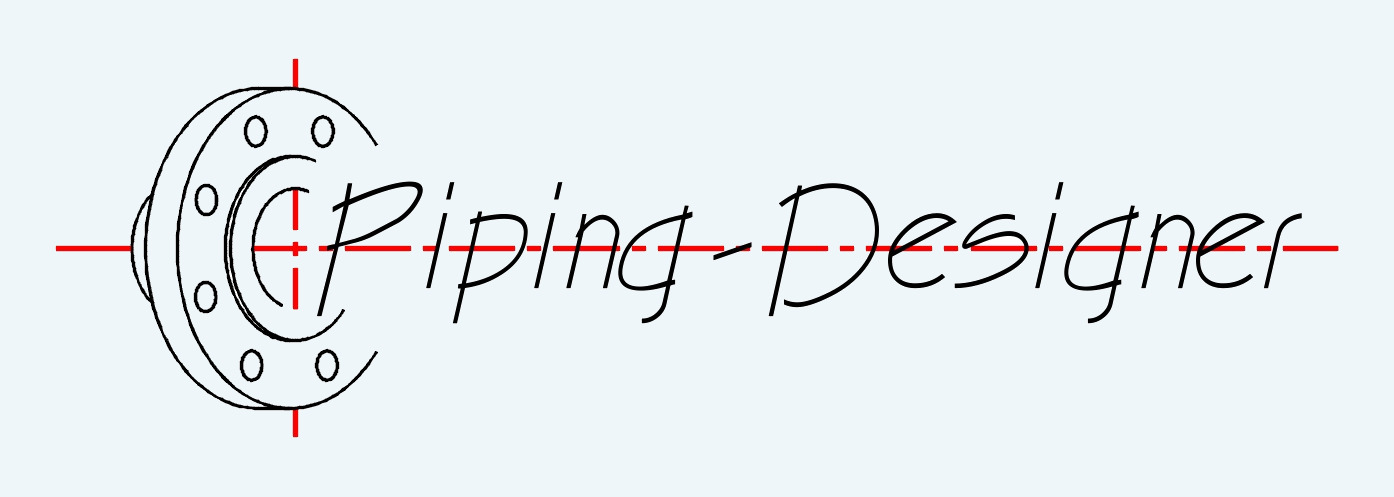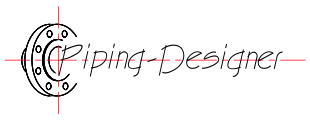Shear Stress in Torque
Shear Stress in Torsion formula |
||
|
\( \tau \;=\; \dfrac{ T \cdot r }{ J } \) (Shear Stress) \( T \;=\; \dfrac{ \tau \cdot J }{ r } \) \( r \;=\; \dfrac{ \tau \cdot J }{ T } \) \( \tau \;=\; \dfrac{ T \cdot r }{ \tau } \) |
||
| Symbol | English | Metric |
| \( \tau \) (Greek Symbol tau) = Shear Stress in Torsion | \(lbf \;/\; ft^2\) | \(Pa\) |
| \( T \) = Applied Torque | \(lbf-ft\) | \(N-m\) |
| \( r \) = Radius Distance from Center of Shaft | \(in\) | \(mm\) |
| \( J \) = Polar Moment of Inertia of the Shaft's Cross-section | \(in^4\) | \(mm^4\) |
Shear stress in torque, abbreviated as \(\tau\), is the internal stress developed within a material when it is subjected to a twisting force, or torque, which causes rotational deformation. When torque is applied to an object, such as a shaft, it induces shear stresses that act tangentially to the cross-sectional area of the material, perpendicular to its radius. These stresses arise due to the tendency of adjacent layers of the material to slide past one another as the object twists. The magnitude of shear stress is highest at the outer surface of the object and decreases toward the center, where it is typically zero in a circular shaft. This stress is used in engineering design, as excessive shear stress can lead to material failure, such as yielding or fracturing, particularly in components like drive shafts, bolts, or turbine blades.

